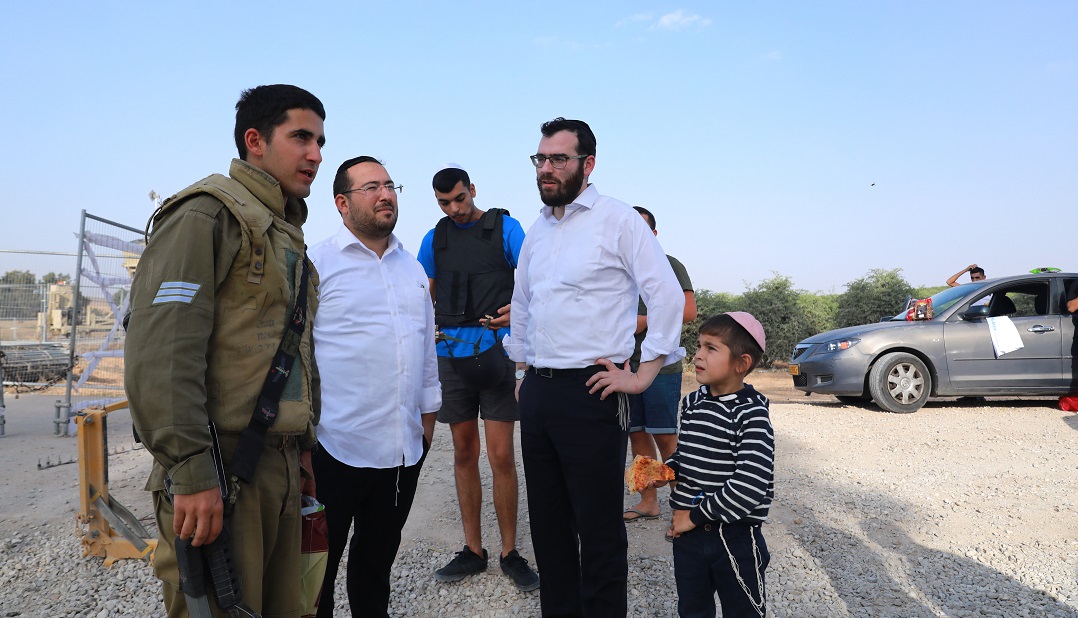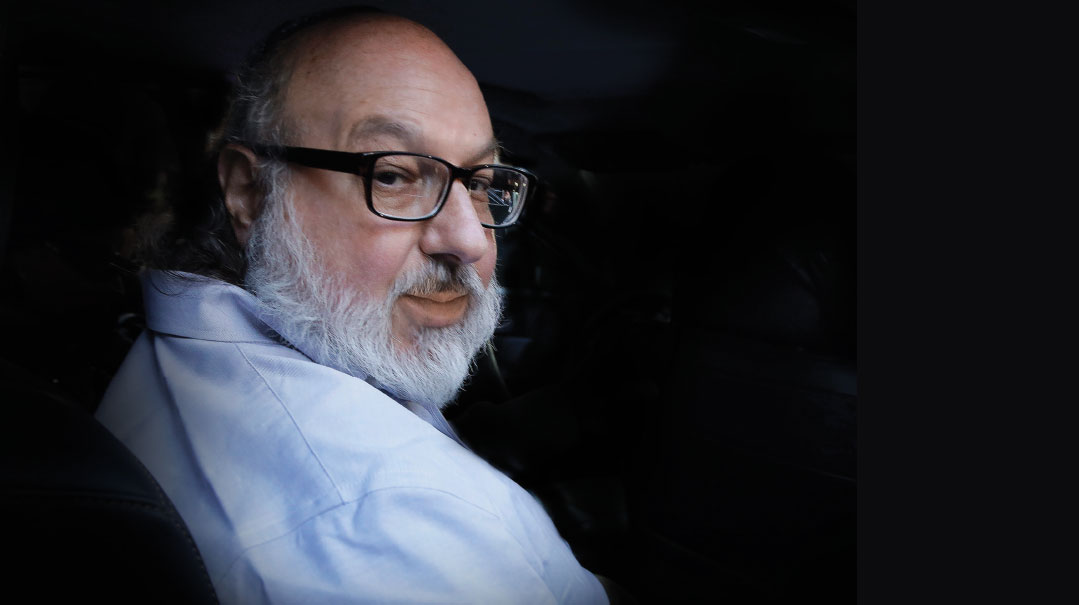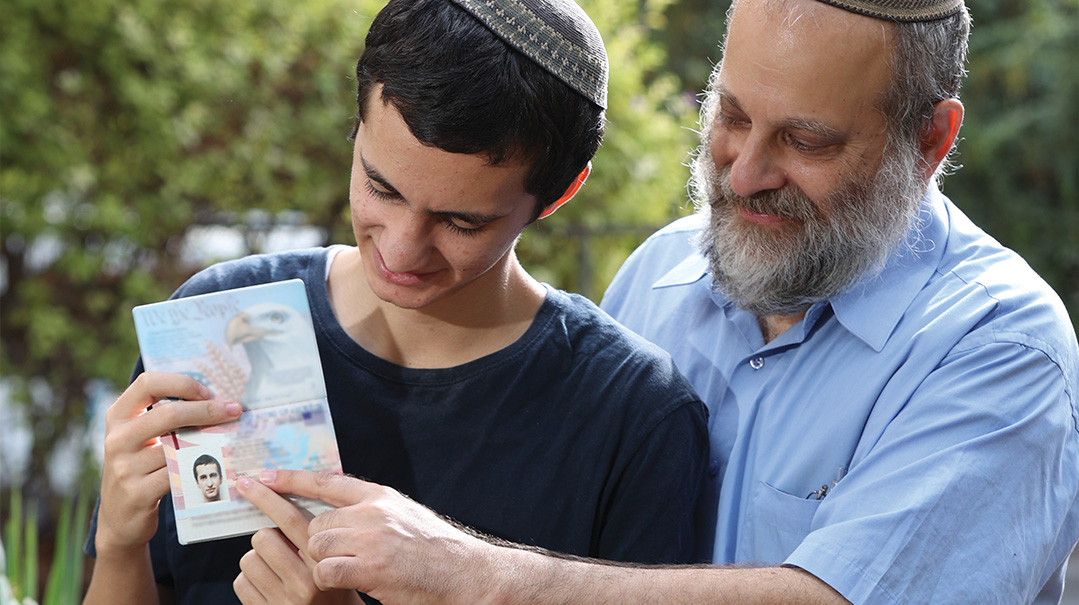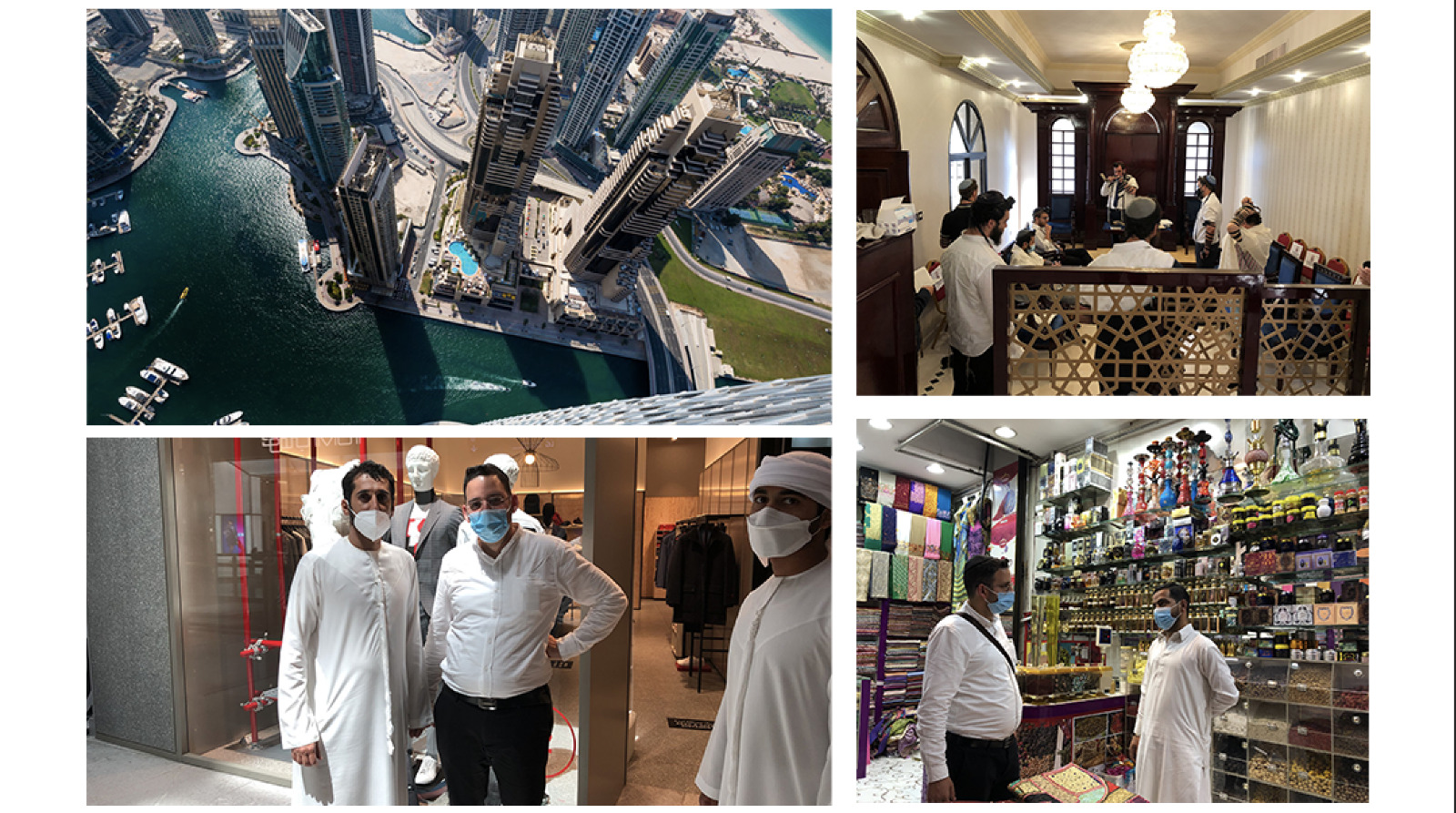Sderot Is Booming

With emunah and against all odds, Israelis are flocking to Sderot, a town that’s thriving despite being in Gaza’s crosshairs

Photos: Eli Cobin, AP/ Images
I
t takes a few minutes to identify what’s really odd about Sderot. The Israeli town on the Gaza border, which just last week was under intense bombardment by Islamic Jihad terrorists, is now in its 18th year in the crosshairs. Hollow booms and white puffs mark Iron Dome interceptions; the few people on the streets flit between bomb shelters; stores are shuttered or half-empty.
It’s something else, though, that’s eerie.
Sderot is a town without children. The fountains spray streams of water skyward in the “Children’s Park,” but the play equipment is empty and the place is locked. In a day spent meeting people of all types, there’s barely a hint that anyone under 16 lives there.
As an icon of the struggle against the Gaza terror statelet, Sderot’s story has been told many times. It’s a tale of businesses suffering, traumatized children, and the impossibility of living a life that requires sprinting to the nearest bomb shelter within 15 seconds.
But there’s another side to Sderot. Where people should be fleeing, young couples are moving in. New neighborhoods are going up and real estate prices are climbing. Teens who know nothing but rockets are proud of sticking it out on the frontlines. The town may be Israel’s fear capital, but hundreds of yeshivah students are turning it into a Torah center as well.
A day spent under fire shows that in this small place there is no room for simple narratives. Call it the Sderot paradox: rockets are booming, but so is life itself.
Every House a Shelter
It takes all of three minutes from my arrival to experience firsthand what a missile attack is like. Greeted by Ari Katz, head of public relations at Sderot’s hesder yeshivah and my guide, I take in a campus bustling with students, the buildings forming a rough square. Then, like the proverbial bolt from the blue, it suddenly happens.
“Tzeva Adom! Tzeva Adom!” crackles a disembodied voice from a powerful speaker. It’s the code for an incoming missile, calculated by radar to be headed for the town. There’s a sound that’s part-hissing, part-aero engine, and I join the scramble up the steps to the bomb-proof main beis medrash building. Within seconds the square is empty as all pile through the heavy doors, and high above the boom signals another Iron Dome interception.
It’s all taken just a few seconds, yet the only signs of the violence averted are the wooly clouds of smoke left drifting across the blue Negev sky.
Some of the teenage yeshivah students laugh nervously as Ari warns not to exit the building immediately — there still may be falling shrapnel. But this is far from the first time that they’ve scrambled. Only the day before, a house behind the yeshivah was nearly struck by a Kassam rocket that made it through the air defenses.
That turned out to be the modest whitewashed home of Libyan-born Amos Chason and his wife. Both in their eighties, the couple had just woken up on Tuesday morning when a missile fired from Gaza slammed into their garden, peppering the house’s exterior wall with shrapnel. “They were crying and very scared,” says Ari. “Boys from the yeshivah, which is where their grandson learns, came and sang with them, which raised their spirits.”
Today Amos is smiling, but he’s clearly still very shaken by his narrow escape. The missile, buried in the back garden, is a reminder that even the Iron Dome’s 90-percent success rate means that to live in Sderot is to live in fear.
Oops! We could not locate your form.













